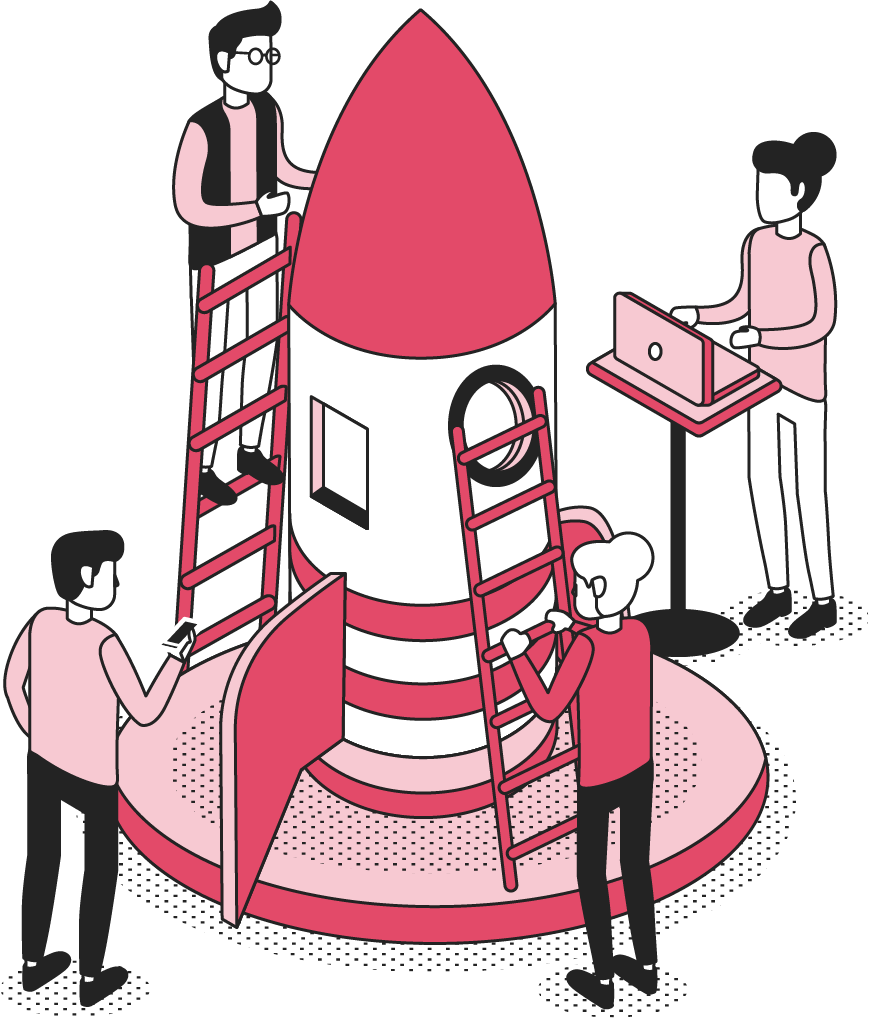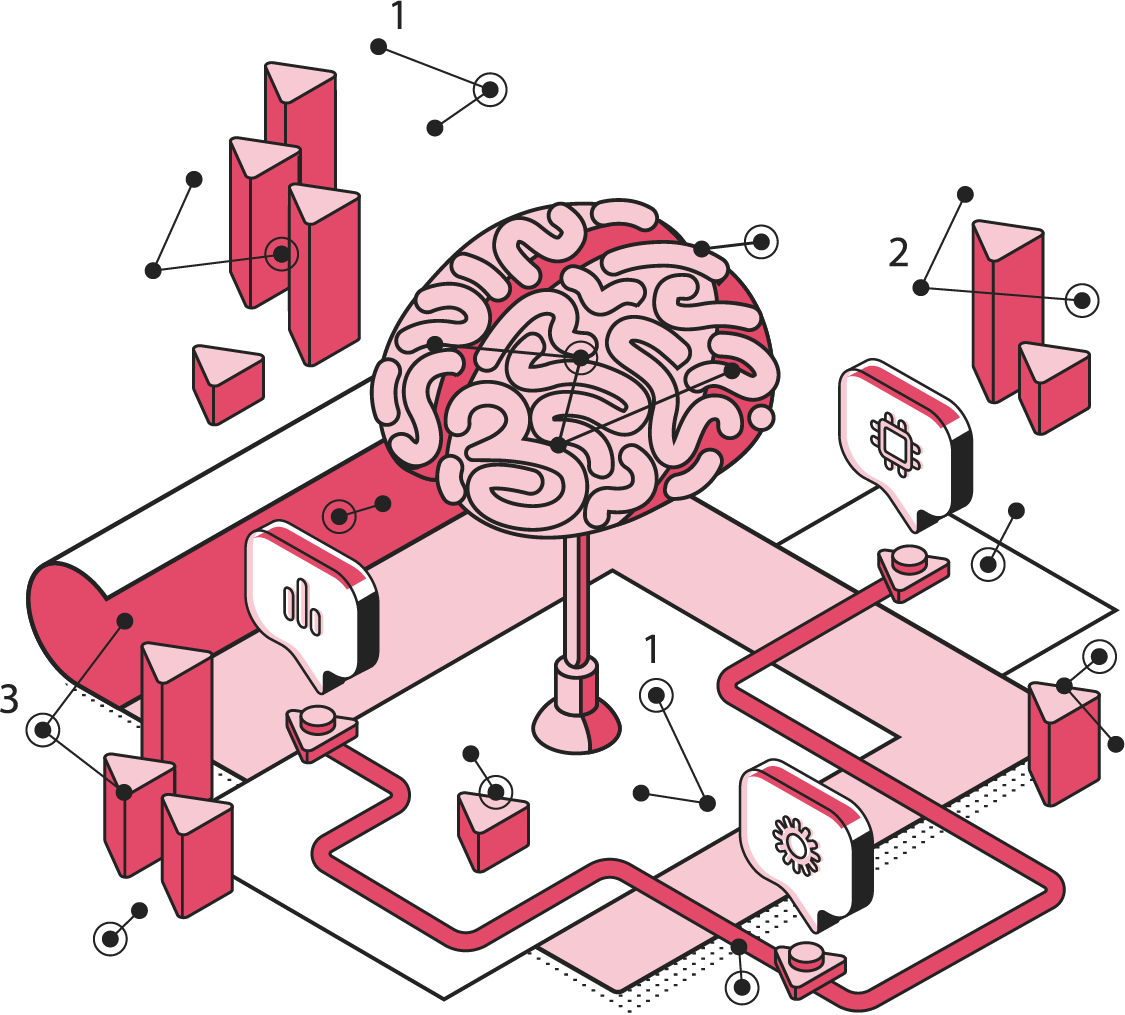Back
The 4 Stages Of Legal Department Transformation
5 min • 11 Jun 25

Stage 1: Assessing the Current State of your in-house legal team:
Legal department leaders must assess the current state of their legal teams as the first order of business when embarking on any transformation program. Skipping this stage is never advisable.
A “Current State audit” allows you to gain a detailed understanding of where your legal team is currently at, before deciding on what it needs to become and how to get it there.
The good reasons for conducting a Current State audit are literally endless and include:
◼Transformation Targeting: helping you establish what is missing, what needs to improve, and/or what is already working just fine within your legal team;
◼Capturing Improvement: allowing you to access current “performance” metrics against which you can demonstrate transformation-delivered improvements to your business's credible progress;
◼Internal Client Ownership: obtaining performance feedback from your “internal” client, which allows you to position the transformation plan as a means of responding to what the business has asked for; and
◼Legal Team Enlistment: engaging with your key legal team stakeholders by getting their views on what they need and making your plan address those requirements.
The extent and way you conduct your Current State audit can vary, although the more detail you acquire – the more precisely you can formulate and execute your transformation plan.
The Current State audit is unquestionably the most important stage of the project in terms of identifying transformation targets, efficiency strategies, and priorities. It is a vital form of business intelligence that allows you to engage in strategic planning. If you do not have a legal ops function, then you need to become your own director of operations.
Any transformation program that skips the Current State audit will likely be unsuccessful - even if it has enjoyed a degree of success, as you may not have the hard data to demonstrate improvement.
There are many ways to conceptualize your legal team to give a logical structure to an audit of its current performance capabilities, which together determine the overall performance capabilities of the legal team. At GLS, we do it by auditing the 15 critical in-house functions that together determine the overall performance capabilities of the legal department.
The 15 critical in-house functions that we work with are all clearly outlined in the GLS Legal Team Transformation Tube Map, our proprietary interactive online legal transformation reference tool.
GLS offers a wide range of legal department performance diagnostic tools – not to mention our market-leading free online diagnostic tool – the GLS Legal Dept. Efficiency Audit.
Stage 2: Identifying the Desired State of Your In-House Legal Team
Legal team leaders (General Counsel, Chief Legal Officers, Heads of Legal, etc.) must also decide what they want to become – what their “desired state” is to be – this then becomes the object of their transformation program.
Historically, this kind of insight was something that few legal team leaders had any real access to. Indeed, there has been very little public literature available regarding the anatomy of high-performing legal departments.
Additionally, there is a burgeoning market for new legal tech solutions and most in-house legal teams simply do not have the capacity to monitor these developments, nor the skills to assess their applicability - and in many cases - the ability to approve their implementation into the corporate ecosystem (e.g., tech systems).
The most effective way to build your “desired state” is by starting with a clear image of what an optimally performing legal function actually looks like and using it as a reference resource to decide what might make sense for your team. But what does that look like we hear you say?
Well, GLS gives you the most definitive answer to this question that is available by means of a free resource. With the GLS Legal Transformation Tube Map - our groundbreaking interactive tool - you can now visualize and explore the functional anatomy of an optimized in-house legal department.
Within the GLS Legal Transformation Tube Map you can see clearly the 15 critical in-house functions that drive overall performance - and more than that - you can see the key anatomical features of each function. This interactive tool overcomes the obstacles stated above both on an entire department and an individual critical function level.
There simply is no other legal department planning tool in existence that comes close to the level of insight that the GLS Legal Transformation Tube Map can give you as to the core anatomical features of a high-performance legal team.
GLS Legal Team Transformation Tube Map is free for you to use.
Note, we are not advocating that all legal teams need to “blindly emulate” the structure comprised in the GLS Transformation Tube Map – rather, they should simply use it as a reference point to compare and contrast against.
Stage 3: Develop a Solution Blueprint for your legal team transformation
Legal team leaders then need to build up a transformation “solution blueprint” for which they can seek approval, internal support, funding, and additional required resources to implement.
The accuracy of the solution blueprint is critical – the more granular the solution, the more certain and precise the legal team can be as to what is needed to successfully implement the plan.
The findings from your Current State audit (which you must do) will form the basis upon which legal team leaders determine transformation priorities, all of which will then be published in the transformation solution blueprint.

Obviously, what is included in the blueprint needs to be prioritized by reference to a diverse range of factors including resource productivity profile, initiative sequencing, internal resource availability, etc.
Each transformation blueprint will be influenced by the overall strategy and risk appetite that the organization is willing to take and with which the transformed legal function must be aligned. This will obviously vary from organization to organization - however - we always advocate safe, measured, and low-risk implementation. Interestingly, most of the “salvage/rescue assignments" GLS has been asked to perform have been for MNCs that have been too aggressive in their transformation rollouts.
In formulating the solution blueprint, in-house leaders must also include elements that represent tactical responses to the expectations of many stakeholders beyond the personnel directly employed by the IHL (e.g. the Board) - whether that be better vendor management, improved financial decision-making, appointing a head of legal operations, etc.
For example, it is often the case that your strategic stakeholders will have some "pet peeve" concern that they would like your legal team to address. If possible, these should be addressed!
In our Blog GLS Legal Ops: 20 Tips for Blueprinting your Legal Team's Transformation – we have included a detailed range of tips to be followed in order to formulate a successful transformation solution blueprint.
Stage 4: Implementing your legal team transformation plan
Once the solution blueprint has been approved, legal team leaders must follow a low-risk, success-based implementation plan.
In practice, what this means is a simple, modular, low-risk implementation strategy that maintains a balance between the business’s immediate support requirements and your transformation goals. Maintaining that balance is critical given that most in-house lawyers are already exceptionally busy.
Transformation is best achieved through lots of small, successful steps rather than a single, costly “big bang” that looks to change everything overnight!
When advising on transformation plans, GLS normally advocates the tried and tested “85:15 Rule" – that is 15% of your team’s capacity each week should be focused on transformation initiatives - and ideally transformation initiatives that relate to internal client-generated workflows that require immediate support.
This enables almost any legal team to i) deliver a comprehensive transformation over 2 years, and ii) avoid overwhelming the business or leading the legal dept. to neglect its “business as usual” support activities whilst delivering far better overall program financial management.
The reality is that the transformation journey is a “continuous mode of operating” rather than “a single project to complete” - once the first phase of substantial implementation is done you will find yourself repeating the exercise again and again.
The good news is, that once that first phase is completed, the subsequent phases generally require less effort – as the efforts are dedicated to maintenance, tweaks, and optimizations.
Ready To Transform Your Legal Team?
Please check out the GLS solutions and know-how resources listed on the right side of this page – they might assist your legal team with the issues explored in this Blog.
© The GLS Group - Law Rewritten
GLS Legal Ops Essentials: Tips & Observations
- Visualize your transformation journey from the outset - understand the path ahead of you
- Familiarize yourself with each of the 4 Stages of legal department transformation, the unique conditions for success that each phase requires - and what can cause phase failure
- The Current State Audit is by far the most important foundation stone for transformation potency, effectiveness, and efficiency - ignore it at your own risk
- Build up a rich vision of what you want to become - think big - do not impose any limits - let it be your North Star
- Utilize the GLS Legal Team Transformation Tube Map so that you understand the anatomy of a high-performance legal team
- You must document a realistic blueprint in order to secure funding and internal support
- Carefully review our 20 Tips for Legal Transformation Blueprint success
- Deliver for your strategic stakeholders to ensure their ongoing support

The GLS Legal Operations Centre
Register to access your complimentary Day 1 Resource Stack packed with legal team performance resources.

GLS Ultimate Guide To Legal Operations
Download this and read it thoroughly and regularly. It is a wonderful transformation companion.

Book A No-Obligation Consultation
If you would like discuss your legal transformation needs, please book a 30 minute free consultation with us.

GLS Legal Transformation Boot Camp
Our hugely successful, 10-week long, email-based boot camp on how to effectively transform your legal team.



